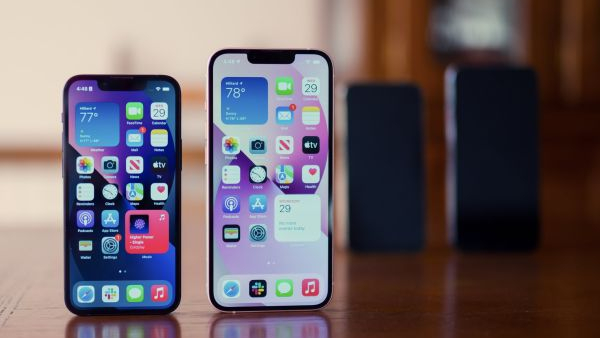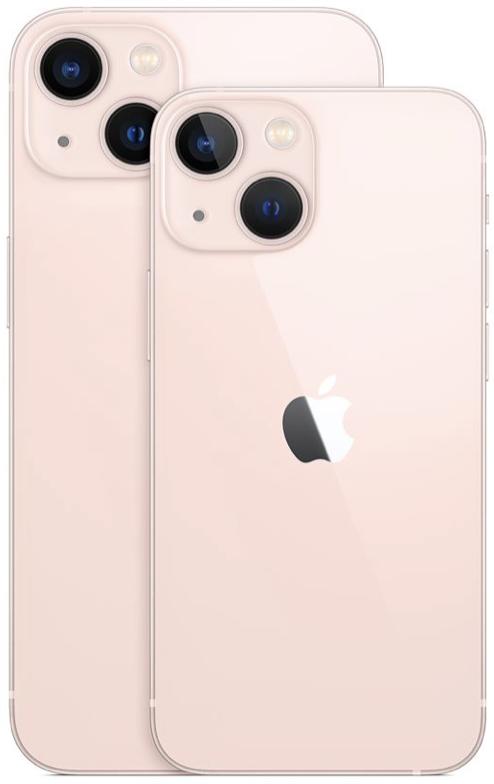iMore Verdict
Bottom line: With excellent new cameras, improvements to battery life, and a nice selection of colors, the iPhone 13 is still a great shout for plenty of iPhone fans.
Pros
- +
Excellent cameras
- +
Battery life is much improved over iPhone 12
- +
Photographic Styles put a personal touch on your photos
- +
Wide color selection
- +
Smaller notch
Cons
- -
No ProMotion display
- -
Cinematic mode is limited to 1080p at 30fps
- -
Still no telephoto lens
You can always trust iMore.
The iPhone 13 remains a fantastic bit of kit for those looking for a new iPhone, but who don't want to fork out on Apple's most expensive tech. First unveiled and released back in September 2021, it remains a potent smartphone for those who don't want a "Pro" iPhone model with all the bells and whistles, but who also aren't in the habit of picking up a "budget" smartphone.
It's so good that Apple still sells it officially through its website and in-store, and in 2023 the iPhone 13 is the only way to pick up an iPhone "mini" in its tiny loveable form factor.
iPhone 13: 2023 review
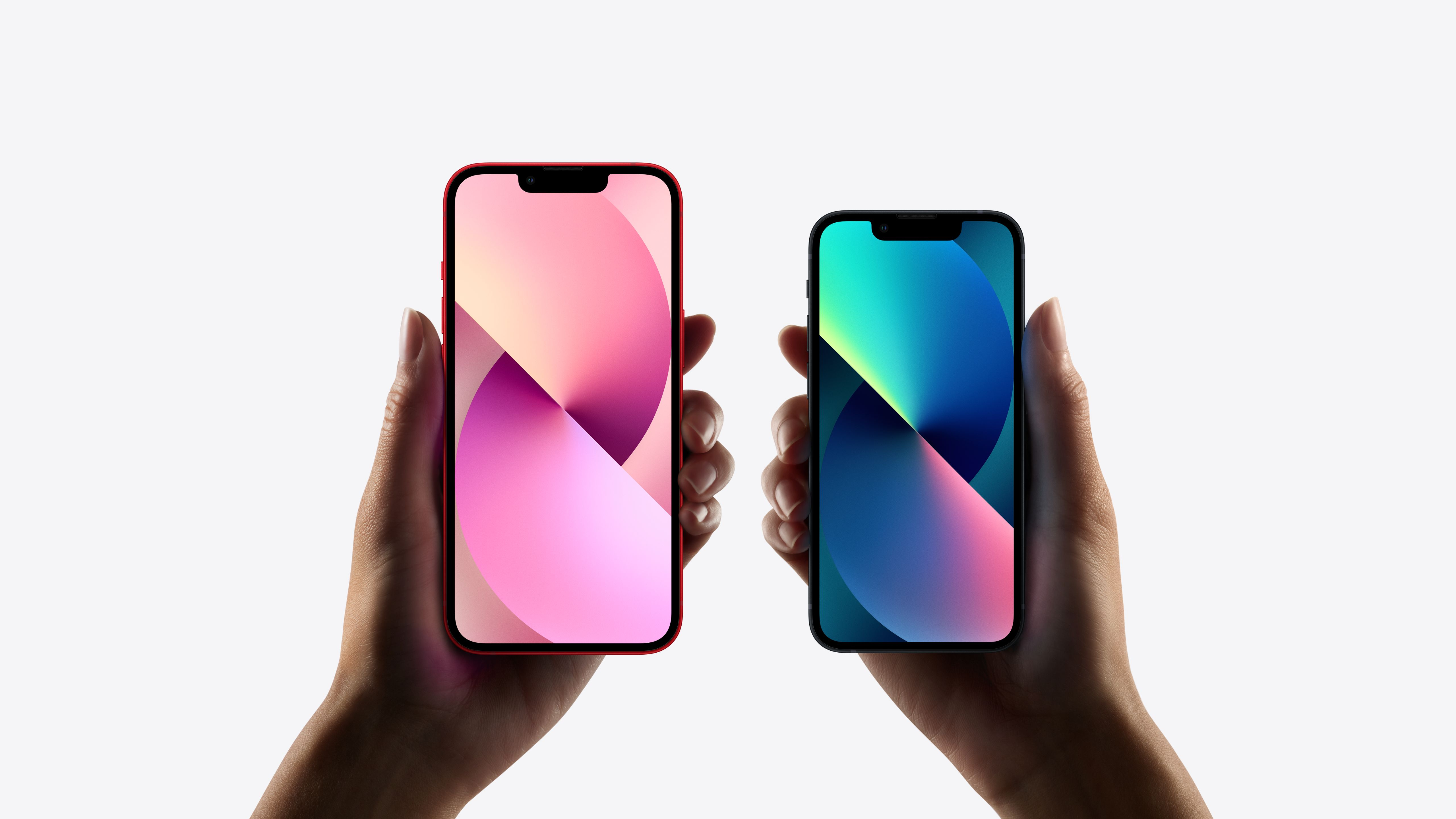
How does the iPhone 13 stack up in 2023? The answer is quite well. Of all the iPhones that Apple still sells, it's the cheapest apart from the iPhone SE, which is undisputedly Apple's budget iPhone for those who want an iPhone and nothing more.
Now priced from as little as $599 (or much less with a carrier), it's considerably cheaper than the $799 iPhone 14. you can get either the regular 6.1" display, or the 5.4" iPhone 13 mini, but both offer the same Super Retina XDR display as the regular iPhone 14. It doesn't have Emergency SOS via satellite, or crash detection, but it does offer the same 12MP camera setup on the rear as the iPhone 14. However, the iPhone 13 missed out on Action mode, which smooths out handheld video, and the Photonic Engine of the newer models.
They both have the same A15 Bionic chip, which means performance is going to last and you're going to keep getting iOS updates for years to come. Both also have Face ID and 5G.
Where the iPhone 14 differs is in its slightly different range of colors, which are definitely more vibrant, and in battery life, with video playback offerings of 26 hours compared to the iPhone 13's 19 hours.
I conducted iMore's iPhone 14 review, and the overriding theme is really just how little the new model brings to the table when compared to the previous iPhone 13 model. For anyone choosing between the two, saving money might be the most important factor, in which case the iPhone 13 is still a great option for most people.
The only other thing to consider is that iPhone 15 is just around the corner, and promises some big upgrades for the regular non-Pro iPhones this year including the Dynamic Island and a 48MP camera.
iPhone 13: Price and availability

The iPhone 13 mini sits at the bottom of the flagship pricing ladder, starting at $599 for 128GB. You can also get the iPhone 13 mini with 256GB of storage for $699, and 512GB for $899. The iPhone 13 comes in the same storage configurations for $100 more each, so 128GB costs $699, 256GB costs $799, and 512GB costs $999. Of course, if those price tags are a little steep, you can save some money with the best iPhone 13 deals, which are now better than ever as the phone enters its second years.
iPhone 13: Hardware and design
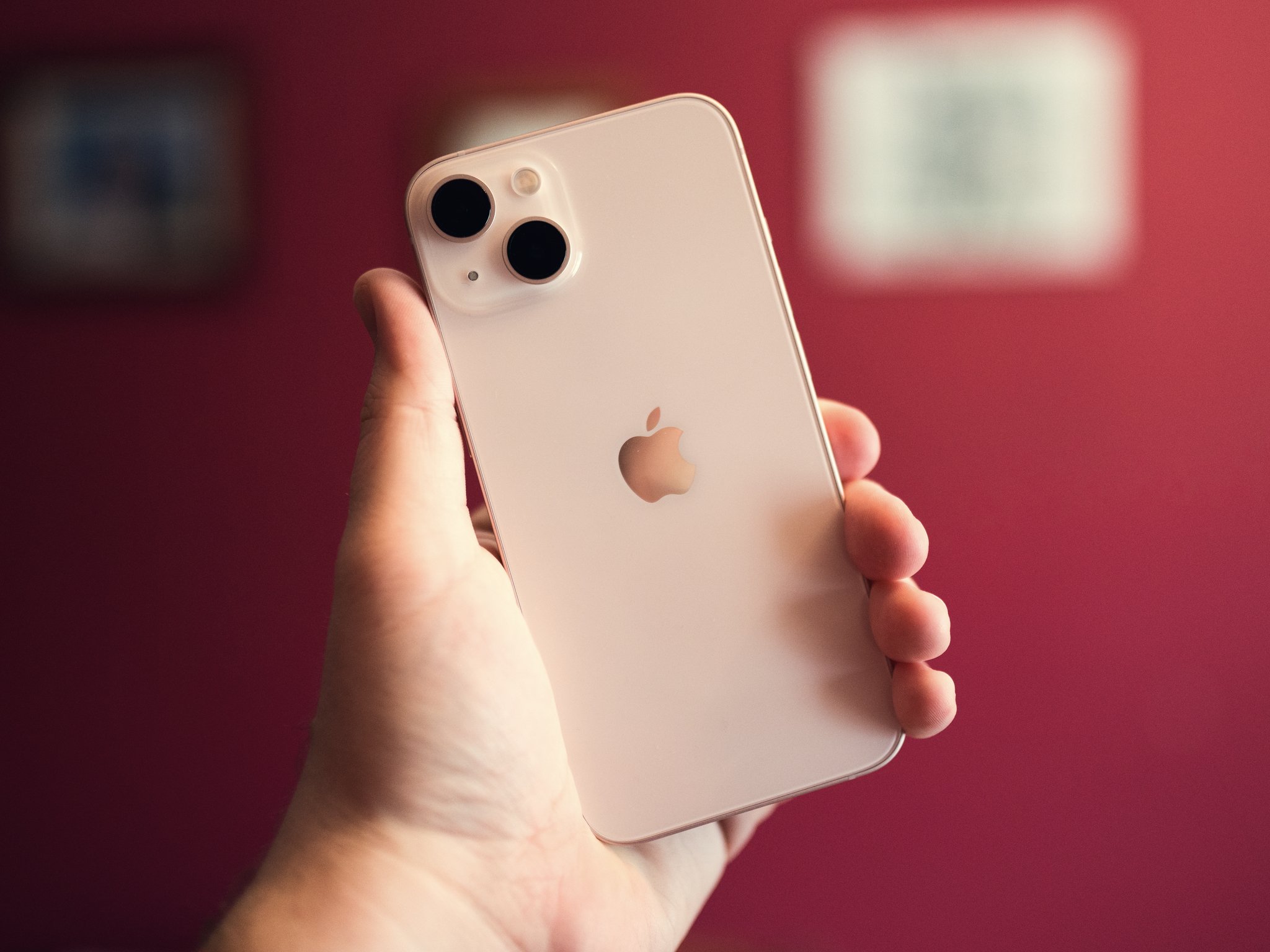
If you're familiar with the iPhone 12 design, you know what to expect with the iPhone 13, except for the camera module, but more on that later. The same is true with the iPhone 13 mini. If you loved the iPhone 12, you'll feel the same about the iPhone 13.
It's the same flat aluminum edges with rounded corners. Same Ceramic Shield-coated display glass. Same glossy back with matte camera module. If you were hoping for a revolutionary design, this isn't the phone for you.
| Category | iPhone 13 |
|---|---|
| Operating System | iOS 17 |
| Display | 6.1 inches, 2532x1170 (460 ppi) resolution, Super Retina XDR OLED display (iPhone 13)5.4 inches, 2340x1080 (476 ppi) resolution, Super Retina XDR OLED display (iPhone 13 mini) |
| Processor | Apple A15 |
| Storage | 128/256/512GB |
| Rear Camera | 12MP, ƒ/1.8, 1.7μm (wide)12MP, ƒ/2.4, 1.0μm (ultra-wide) |
| Front Camera | 12MP, ƒ/2.2 |
| Battery | 3,227 mAh (iPhone 13)2,406 mAh (iPhone 13 mini) |
| Charging | Qi wireless charging up to 7.5WMagSafe wireless charging up to 15WFast wired charging over Lightning with 20W power adapter |
| Water Resistance | IP68 |
| Dimensions | 146.7 x 71.5 x 7.65mm, 174g (iPhone 13)131.5 x 64.2 x 7.65mm, 141g (iPhone 13 mini) |
| Colors | StarlightMidnightBluePink(PRODUCT)RedGreen |
Apple refreshed the colors for iPhone 13. The blue is a little more gray, and the red a little deeper. But there are three special colors on the iPhone 13 and 13 mini: pink, Midnight, and Starlight. Starlight is not a color I've seen in person, but it seems to be a sort of beige/silver combination. The pink on my iPhone 13 review unit is extremely light, and it's easy for me to mistake it for white at some points.
My iPhone 13 mini review unit comes in Midnight, and this is a color to which Apple's photos do a great disservice. Midnight isn't black, nor is it space gray. The best way to describe it that I've found is it looks like someone dripped dark blue into the black paint they were going to use for this phone. There's a slight blue tint to it that's really slick.
The glossy back of the iPhone 13 is still a fingerprint magnet
While I've been a fan of this design overall, the iPhone 13 and 13 mini have the same major material flaw as last year's iPhones, and that is the glossy glass on the back. It loves fingerprints. Absolutely loves them. You need to either accept that, slap a case on your phone, or be prepared to carry a cloth around with you because there is no avoiding the fingerprint issue.
I do want to take some time to talk about the notch, but in all honestly, I don't really notice much of a difference. Yes, the notch on the front of the iPhone, which houses the TrueDepth camera that powers Face ID, is narrower than the iPhone 12. But we don't get a lot for that additional space. It's just a little more screen.
One of the major points of divergence between the iPhone 13 and iPhone 13 Pro is the display. Both are still beautiful OLED displays, but where the iPhone 13 sports the same 60Hz refresh rate that the iPhone always has, the iPhone 13 Pro lineup has a ProMotion display that has variable refresh rates as high as 120Hz. While I have some things to say about the ProMotion display in another review, the iPhone 13's display is another matter.
The truth is, there's not a lot to say here apart from this: it's the best display on an iPhone limited to 60Hz that Apple's made yet, and Apple didn't improve on it with the iPhone 14. Colors are beautiful, scrolling is relatively smooth, and it's reasonably bright in sunlight. HDR content also plays wonderfully on this screen, hitting the kinds of brights and darks that OLED is famous for. It's not an exciting display, but it is an excellent one when accounting for its limitations versus ProMotion.
iPhone 13: Software and performance
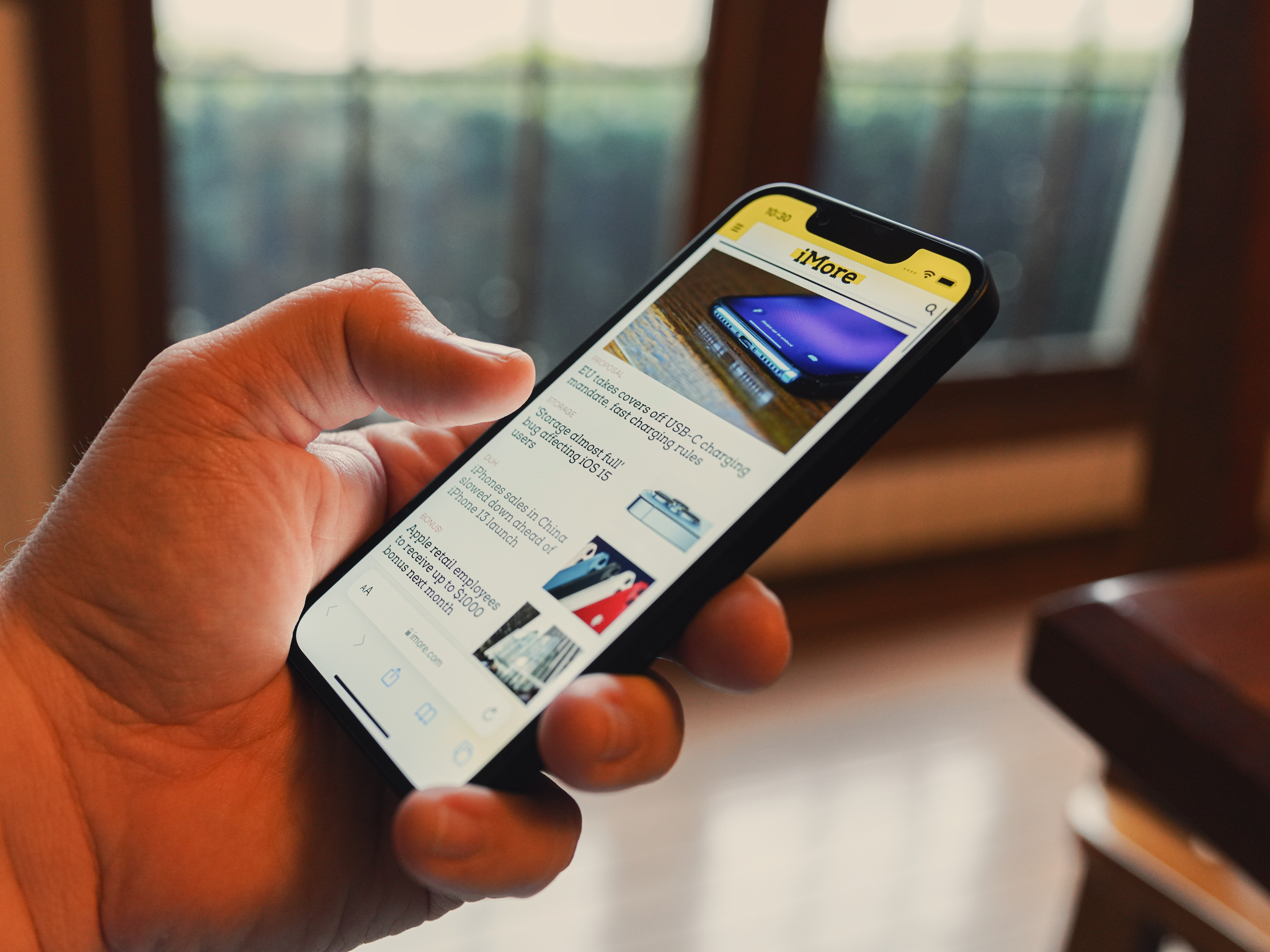
The A15 Bionic is once again a 6-core system-on-a-chip that combines the CPU, GPU, memory, and neural engine onto a single die. The CPU features four high-efficiency cores for lower-power tasks, and two high-performance cores to that take over for more intensive tasks. Benchmarks place the A15 CPU performance at about 15-20% better than the A14, a similar year-over-year jump to what we've seen in recent Apple chip updates. Apple's neural engine, the part of the chip that powers machine learning functions on the iPhone, is new. It still has 16 cores, but is now capable of 15.8 trillion operations per second, resulting in fast on-device machine-learning task completion.
The biggest performance boosts come from the GPU, which Apple claims is up to 30% faster than the GPU on competing chips, though it hasn't specified which chips this means. For any games that are already pushing the limits of the A14's graphics processing, this should result in better and more efficient performance, while apps and games that update to specifically take advantage of the A15 should see substantially improved performance down the road.
But that's a lot of numbers and jargon. What does that actually mean? Well, for most people, probably not a lot, at least not in everyday use. If you're someone who mostly uses your phone to check email, take some photos, listen to music, or browse the web, then, especially coming from an iPhone 12, you probably won't notice much of a difference. iOS 16 runs well, even on phones that are a few years old, so you might not notice a change in your everyday task speed, even jumping from, say, an iPhone XS. It'll be more apparent if you're coming from an older iPhone, though, and if you are, you're in for a treat.
While I'll talk about these features more in the camera section, I think a lot of the power of the A15 chip can be seen in the camera capabilities. This includes Cinematic Mode, but also Photographic Styles. These are Apple's take on filters, but leverage the A15's Neural Engine to intelligently boost, or mute colors based on the style you select, while keeping skin tones looking natural. Adjustments are applied selectively to the right areas of an image thanks to that intelligence.
While everyday tasks probably won't feel faster, anything that engages the performance cores, GPU, or Neural Engine should feel fairly snappy, from editing photos to playing the latest hit game on the App Store.
iPhone 13: Battery
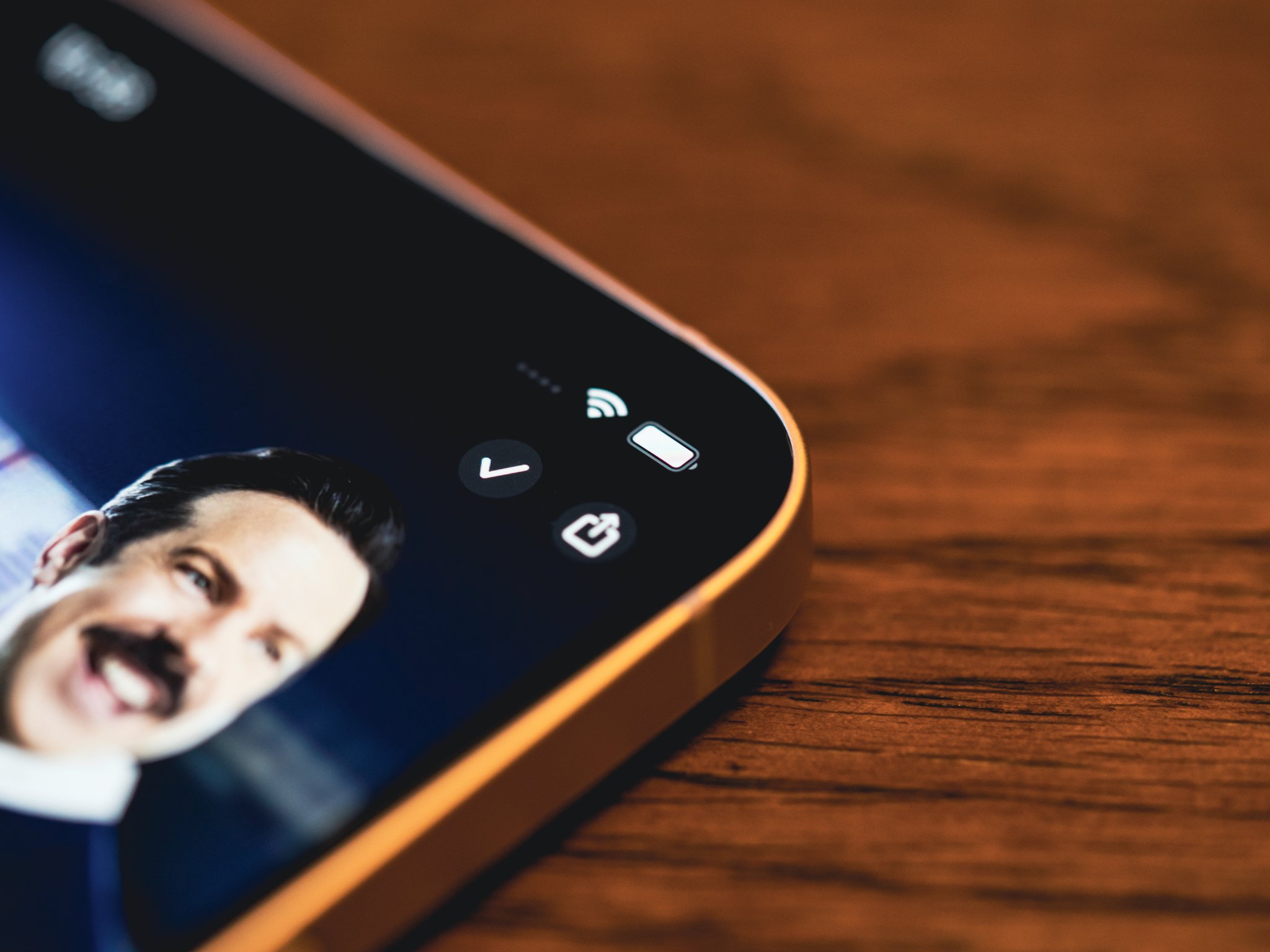
This is one of the more interesting aspects of the iPhone 13's story. Apple claims that the iPhone 13 mini would see as much as 1.5 hours of additional battery life over the iPhone 12 mini, while the iPhone 13 would see as much as 2.5 hours over the iPhone 12.
The iPhone 13 mini definitely holds on to a charge longer, especially when it's in standby. Having the screen on for long stretches certainly drains the battery faster than the standard iPhone 13, but it's holding on better than the 12 mini did. In fact, I would go so far to say that the mini holds up favorably compared to my iPhone 12 Pro. In almost a week of use, the mini is usually down to about 30% of battery power by the time it hits the charger at around 11:00 p.m., or about 14 hours after it came off the charger. That's a little lower than I'd expect from my iPhone 12 Pro over the same amount of time.
As for the standard iPhone 13, the claim of an additional 2.5 hours does seem to be holding up. It's been handily beating the iPhone 12 Pro's times, ending most days at over 50% charge. Unsurprisingly, it still trounces its mini counterpart.
Keep in mind, however, that this is with normal use. If you're using your phone a lot, then we have a different story. Your battery should still last longer than last year's phones, but in my short time with the iPhone 13 and 13 mini, heavy use has drained the battery at only a slightly slower rate than last year's phones.
iPhone 13: Cameras
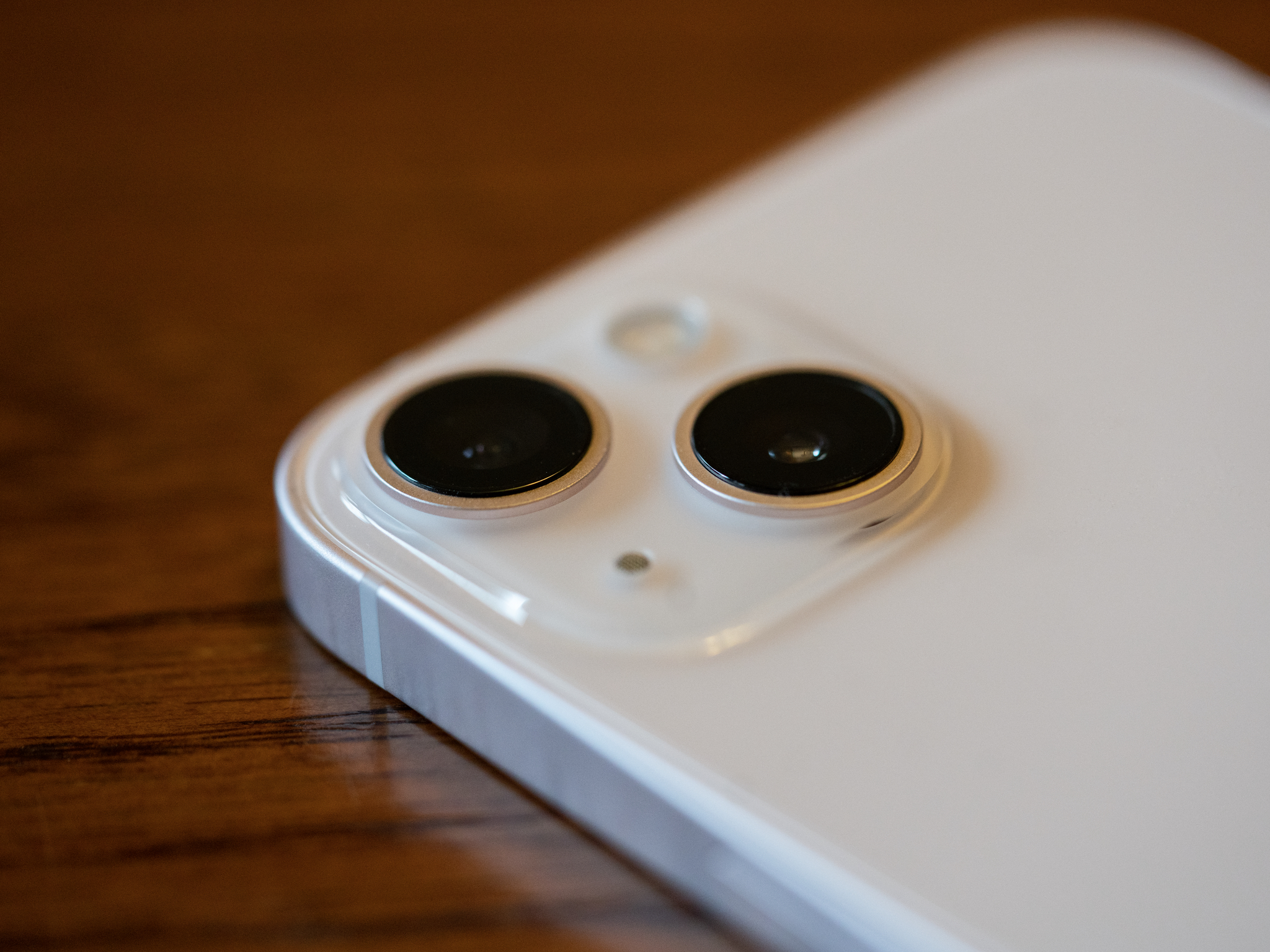
A primary reason that I moved to the iPhone 13 mini for my personal phone after so long using Apple's Pro phones is that, aside from loving the size, I'm just not a big iPhone photographer. It's not that I don't take photos with my phone, but it's not my favored camera. The photos for this review, for instance, were not taken using an iPhone camera.
But that's not to say the cameras aren't good. In fact, the cameras on the iPhone 13 are probably the best the iPhone cameras have ever been outside the Pro line. A good thing they are, too, because the iPhone 13 has an entirely new setup, both in the wide and the ultra-wide cameras.
The photos you get with this setup are excellent, with the wide camera, of course, being the standout.
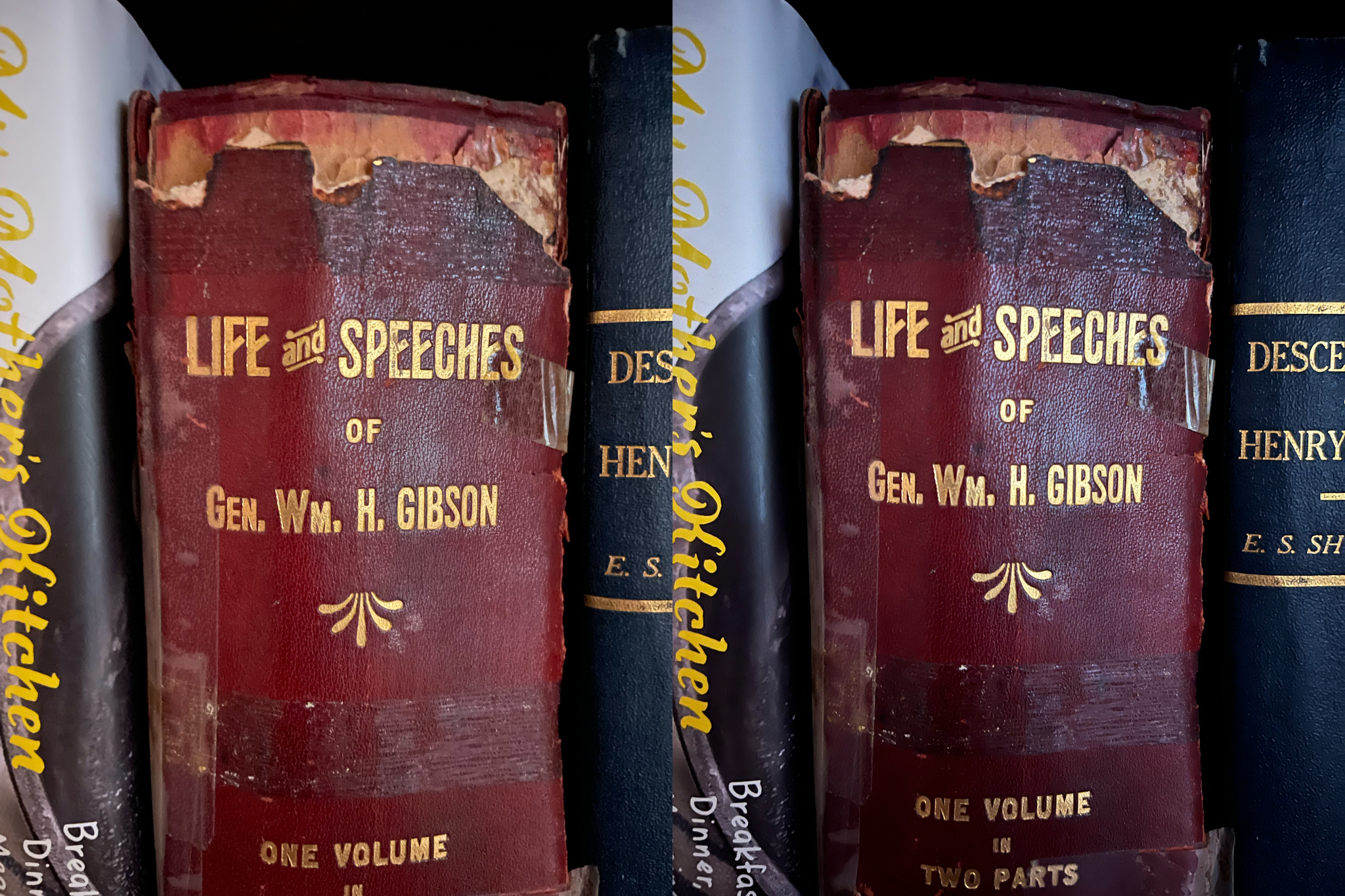
One of the interesting updates I've noticed comes with Night mode. The photos above were taken in Night mode, one on the iPhone 12 Pro's wide camera (left) and one on the iPhone 13's wide camera (right). While the iPhone 12 Pro's photo is brighter overall, this is because of the brightness added to the photo by an additional second of Night Mode exposure, where the iPhone 13 needed one second less to grab its shot. The result is a more accurate and sharper photo from the iPhone 13.
That Night Mode performance is indicative of Apple's upgrade to this camera system, starting with an entirely new wide-angle camera, what many would refer to as the iPhone's 'standard' camera. While still a 12-megapixel sensor, that sensor now features bigger pixels (1.7 microns versus the iPhone 12's 1.4), which capture 47% more light compared to last year's iPhone camera. And in photography, light's the name of the game. We're still looking at an f/1.6 maximum aperture, so in bright sunlight, you might not notice much difference between the iPhone 12 and iPhone 13 if they're both very steadily held.
But the reason I bring that up is the other major upgrade in the iPhone 13: Sensor-shift optical image stabilization, which debuted with the iPhone 12 Pro Max. Where previous iPhones stabilized the camera lens, the iPhone 13 and iPhone 13 mini stabilize the sensor directly, allowing the iPhone to deal better with the small movements your hands make while taking a photo with your iPhone. Between the sensor shift and the additional light on the sensor, your images will be clearer than they've ever been.
But the iPhone's camera story is never only about the hardware. Apple's also giving you more control over your photography this year with the introduction of photographic styles, which work a lot like filters, except they apply a specific style, which you can modify, to your photos as you're taking them. Photographic Styles become an important part of the image capture pipeline and play a major role in how an image resolves, which is why you can't change an image's style after it's been taken (you can still make normal edits, of course). Photographic styles don't simply layer color and contrast choices over your image, either, but rather do things like preserve skin tone.





Then there's Cinematic Mode. While Apple spent a while demonstrating the admittedly impressive capabilities that this mode brings to the table, it's not going to be for everyone. In addition to being "Portrait mode for video," Cinematic Mode uses machine learning to know when to shift focus in a scene between two different people. But what's most impressive, at least to me, comes in the editing process. You can change the focus of a shot that was taken in Cinematic Mode, no matter what was captured in the moment.
But it's limited, at least right now. Aspiring moviemakers will need to settle for capturing their Cinematic Mode footage in 1080p at 30fps. If that style of shooting appeals to you more than any particular resolution and frame rate, it's definitely an exciting new tool in your belt — just know its limitations going in.
The iPhone 13 cameras might lack some neat tricks of the iPhone 13 Pro and Pro Max like macro mode and a dedicated telephoto camera, but if you don't need those features, you won't be disappointed by what the iPhone 13 can do.
iPhone 13: Competition
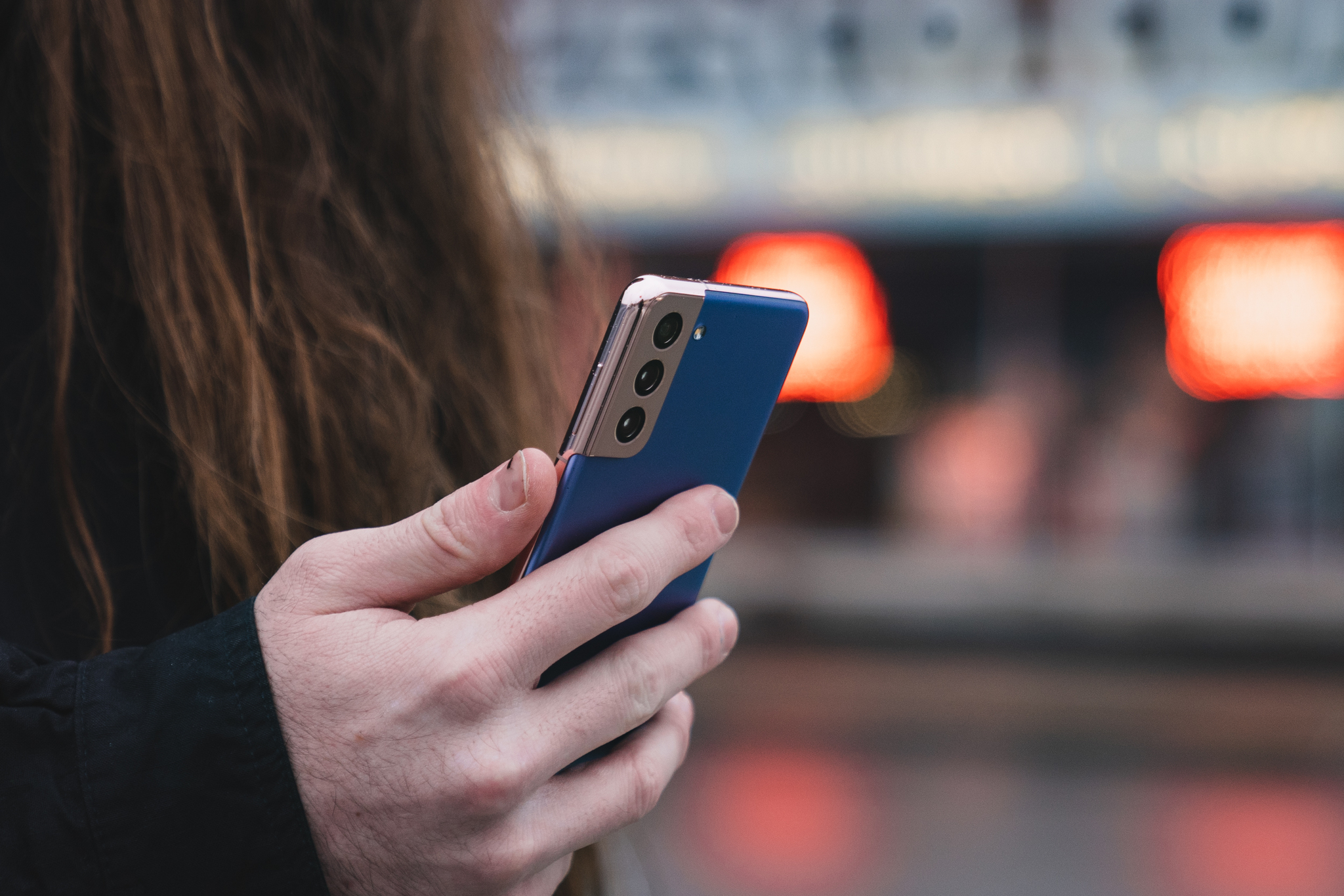
The world is full to bursting with smartphones that compete with the iPhone 13, and that starts with Apple's own products. First, there's the iPhone 12 and the iPhone 14, still on sale from Apple. The iPhone 12's battery, camera, and overall performance aren't as good as the iPhone 13 (and the iPhone 12 mini's battery life leaves a lot to be desired), but if you want to save a little money while still getting a great phone, a new iPhone 12 will have life in it for years to come.
Of course, you could always opt for going to the higher end of things. The iPhone 13 Pro and Pro Max offer even better cameras, battery, and performance. The A15 chips in the Pro line of phones feature enhancements, including higher clock speeds and an additional GPU core. If you want those cameras, or in the case of the iPhone 13 Pro Max, want the biggest phone Apple sells, you need to go Pro.
iPhone 13: Should you buy it in 2023?
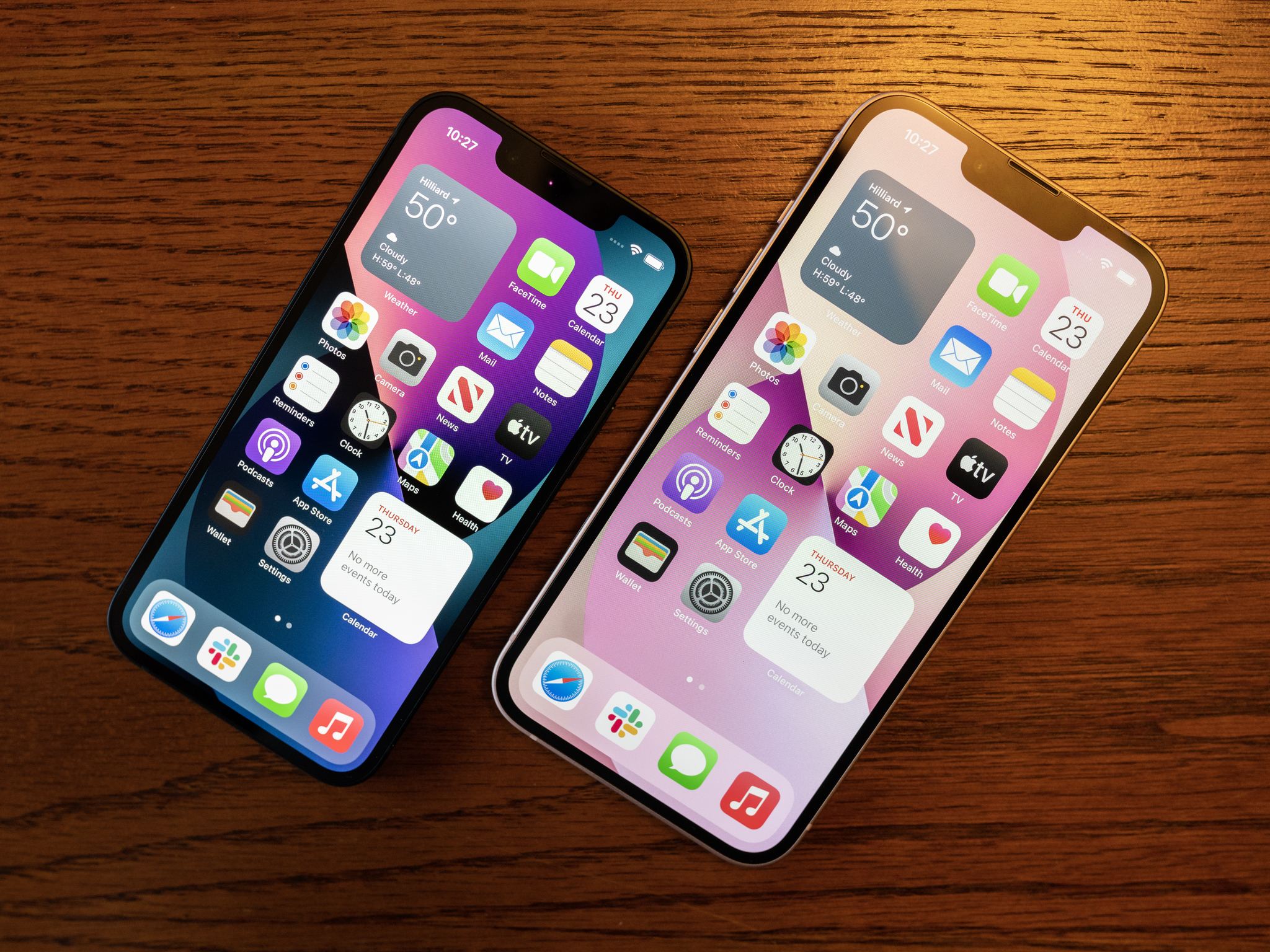
You should buy this if ...
You have an iPhone XR or older
While those with an iPhone 11 will almost certainly notice some performance jump, most people hold on to iPhones for three or four years now, and for good reason: they hold up fairly well. But if you're on 2018's iPhone XR, XS, or something older, you'll really benefit from the updated battery, cameras, and overall performance of the iPhone 13.
Cameras aren't your highest priority
The iPhone 13's cameras are great, but they're not on quite the same level as the iPhone 13 Pro. Not only are you missing a telephoto camera, but the iPhone 13 will also miss out on ProRes video when it arrives for the iPhone 13 Pro later this year. The wide camera on the iPhone 13 Pro and Pro Max is also slightly better, with even bigger pixels and a wider lens aperture.
You love a colorful phone
Another year, another round of insistence from Apple that color isn't for "Pros." Apple's mainstream phone lineup has always had more interesting and varied color options than the Pro line, and this year is no exception.
You should not buy this if ...
You need the best cameras out there
The iPhone 13 Pro has better cameras than the iPhone 13. It has a better wide camera, as well as a telephoto lens (an improved one over last year, at that). The iPhone 13 Pro also has macro mode, which lets you get really close to a subject. As I previously mentioned, the iPhone 13 Pro will also get the ProRes video shooting later this year, which the regular iPhone 13 won't get.
You want a higher-refresh display
The ProMotion display on the iPhone 13 Pro line is slick. Quick and smooth, it feels like a genuine leap when viewed next to the locked 60Hz of the iPhone 13. If that smoothness is something you want, you'll want to go Pro. The thing about ProMotion is that it's not just 120Hz, it has a variable refresh rate, meaning that it slows way down to preserve battery life when it doesn't need the quick motion, making it a better option than many high-refresh displays from Apple's rivals.
The people who should buy the iPhone 13 are those who are looking for one of the best iPhone available that don't want to go Pro. You want excellent cameras, a better battery, improved performance, but you don't need the absolute best that Apple has to offer and the price tag that comes with it. This is the iPhone most people looking to get one should buy.
The iPhone 13 is the best iPhone in its class because, of course, it is. There hasn't been a year since the iPhone debuted where Apple has regressed in overall phone quality year-over-year. If you already have an iPhone 12, the iPhone 13 probably won't wow you, but it won't disappoint you, either. It's just an iPhone, and everything that entails. You won't miss a lot if you decide to skip it, but you're sure to enjoy your experience if you elect to pick one up.
If you have an iPhone 11 or older, the iPhone 13 is more exciting. It'll feel that much faster, the cameras that much better. The design will also be fresh to you, and your screen will now be protected by Ceramic Shield. It's still not a quantum leap, but a solid upgrade. And at the end of the day, people with the iPhone 11 and older are who Apple's aiming for.

Stephen Warwick has written about Apple for five years at iMore and previously elsewhere. He covers all of iMore's latest breaking news regarding all of Apple's products and services, both hardware and software. Stephen has interviewed industry experts in a range of fields including finance, litigation, security, and more. He also specializes in curating and reviewing audio hardware and has experience beyond journalism in sound engineering, production, and design. Before becoming a writer Stephen studied Ancient History at University and also worked at Apple for more than two years. Stephen is also a host on the iMore show, a weekly podcast recorded live that discusses the latest in breaking Apple news, as well as featuring fun trivia about all things Apple. Follow him on Twitter @stephenwarwick9
